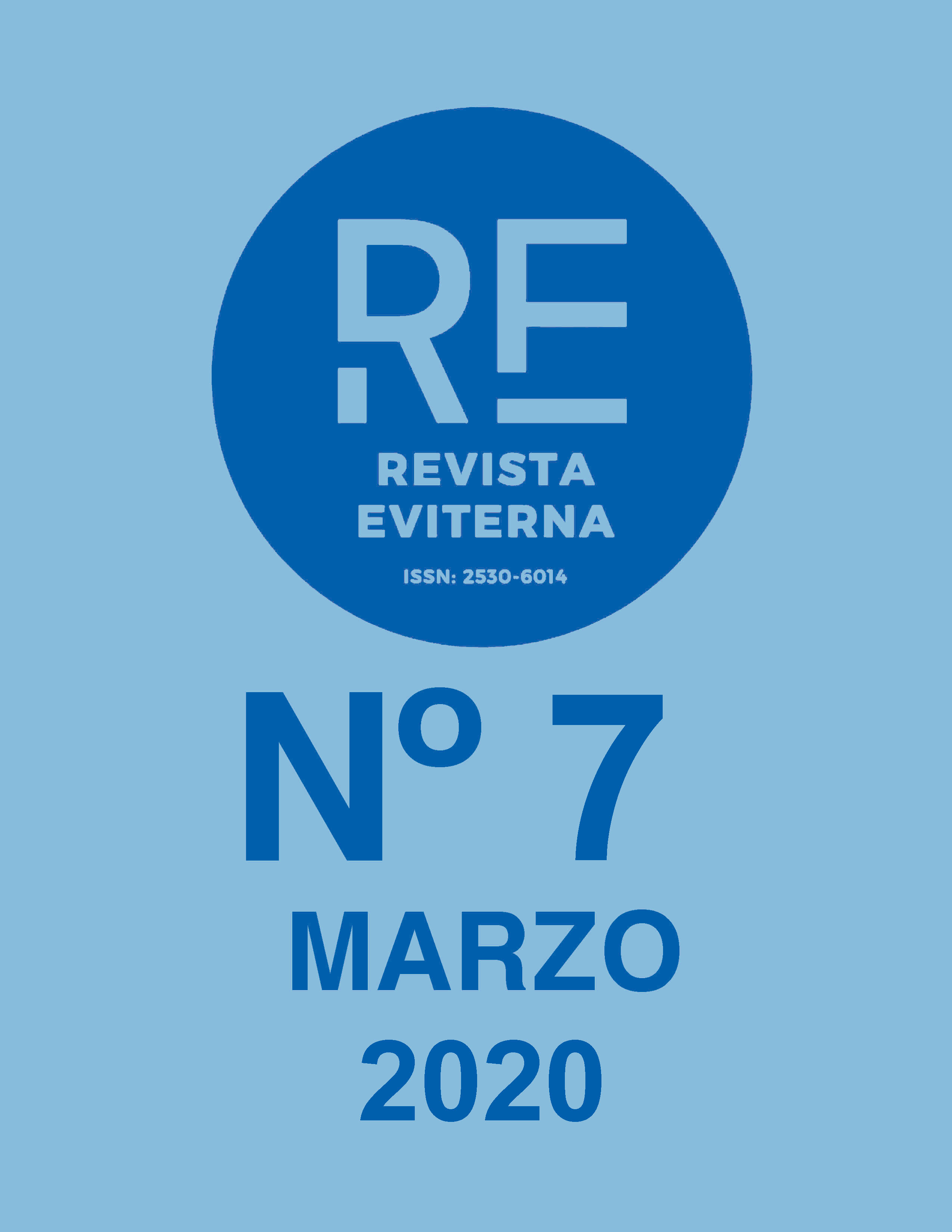The pixel revolution. Art and video games in a digital world
DOI:
https://doi.org/10.24310/Eviternare.v0i7.8382Keywords:
Videogames; Concept Art; Digital Painting; Pixel; Illustration; The Legend of ZeldaAbstract
Nowadays, the intervention and importance of art in videogames has been (and is) an artistic revolution. We have moved from the interaction to the illustrative action of the scenes and characters, from the pixel to the vector or vice versa, arriving to the creation through the digital tool that has been a great rebellion in all the words in art and also in the History of Art. Therefore, the present study aims to bring the current digital art used in videogames as new artistic productions in a brief and concise manner.
Downloads
Metrics
Publication Facts
Reviewer profiles N/A
Author statements
Indexed in
-
—
- Academic society
- N/A
- Publisher
- Universidad de Málaga
References
Belli, Simone; López Raventós, C. (2008), Breve Historia de los videojuegos. Athenea Digital, nº14, pp. 159-179.
Castellanos Vázquez, T. A. (2016). El cuento de hadas en los nuevos medios: ¿Cómo participa la hipertextualidad en el desarrollo del infante? Caso de estudo The Legend of Zelda. Razón y Palabra,vol.20, nº4, pp. 257-286.
Clarke, Andy; Mitchel, Grethe (2007). Videogames and Art. Intellect Books: Bristol.
Egulia Gómez, J.L; Contreras Espinosa, R; Solano Albajes, L. (2013), Videojuegos: Conceptos, Historia y su potencial como herramientas para la educación. 3cTIC: Cuadernos de desarrollo aplicados a las TIC,vol. 2, nº2, pp. 1-14.
Himekawa, Akira; Miyamoto, Shigeru; AONUMA, Eiji (2011), The Legend of Zelda. Hyrule Historia.Dark Horse Comics: Milwaukie.
Llorca Diez, María de los Ángeles (2009). Hábitos y uso de los videojuegos en la comunicación visual: Influencia en la inteligencia espacial y el rendimiento escolar.Universidad de Granada: Granada.
Sánchez Coterón, Lara (2012). Arte y Videojuegos. Mecánicas, estéticas y diseño de juegos en prácticas de creación contemporánea. Universidad Complutense de Madrid: Madrid.
Sharp, John (2015). Works of Games: On the Aesthetics of Games and Art. MIT Press: Cambridge.
Tavinor, Grant (2009). The Art of Videogames,John Wiley & Sons Incorprated: United Kingdom.
Anónimo (2011). Explicando conceptos: el Cell Shading. Reportaje. Recuperado de: https://juegosadn.eleconomista.es/articulo-explicando-conceptos-el-cell-shading-ar-14/
Anónimo (2011). Zelda: Skywars Sword, el impresionista origen de la Espada Maestra. Recuperado de: https://www.europapress.es/portaltic/videojuegos/noticia-zelda-skyward-sword-impresionista-origen-espada-maestra-20111103141657.html
Downloads
Published
How to Cite
Issue
Section
License
All the contents published in Revista Eviterna are subject to the Creative Commons Reconocimento-NoComercia-Compartirigual 4.0 license, the full text of which can be found at <http://creativecommons.org/licenses/by-nc-sa/4.0>
They may be copied, used, disseminated, transmitted and publicly exposed, provided that:
The authorship and original source of your publication (Journal, editorial and URL of the work) are cited.
They are not used for commercial purposes.
The existence and specifications of this use license are mentioned.

Copyright is of two kinds: moral rights and patrimonial rights. Moral rights are perpetual, inalienable, inalienable, inalienable, inalienable and imprescriptible prerogatives.
In accordance with copyright legislation, Revista Eviterna recognizes and respects the moral rights of the authors, as well as the ownership of the economic right, which will be transferred to the University of Malaga for dissemination in open access.
The economic rights refer to the benefits obtained by the use or disclosure of the works. Revista Eviterna is published in open access and is exclusively authorized to carry out or authorize by any means the use, distribution, disclosure, reproduction, adaptation, translation or transformation of the work.
It is the responsibility of the authors to obtain the necessary permissions of the images that are subject to copyright.







12.png)



